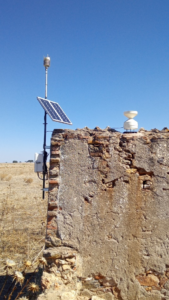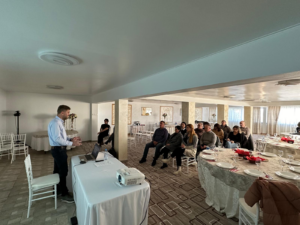On March 3rd, 2025, the three InterLayer Danish partners—GEUS, the University of Copenhagen, and the Capital Region of Denmark—gathered for another half-day workshop at the University of Copenhagen. This second gathering built on the discussions from the previous workshop in November 2024, focusing on the latest modelling results, including GIS based Bluespot analysis and dynamical surfacewater-groundwater simulations, laying out the next steps for the Danish Living Lab, located in the Vaerebro River and its catchment.


During the workshop, GEUS presented the results of sub-basin runoff and groundwater level modeling, helping participants to pinpoint areas within the Vaerebro River catchment with the highest potential for slow hydrology interventions, in current and future climate scenarios. Several solutions were inspected, including afforestation measures. The discussions also centered on co-benefits and stakeholder engagement, emphasizing Interlayer’s focus on local actors and decision makers in designing intervention scenarios, potentially feeding into future pilot projects.
By pioneering innovative slow hydrology solutions, the Danish Living Lab continues to enhance local resilience against climate change impacts such as extreme rainfall and prolonged droughts. The workshop concluded with an agreement to reconvene in early April 2025, ahead of a consortium meeting in Vienna, where all project partners will visit the Austrian Living Lab, located in the Liesing River catchment.


